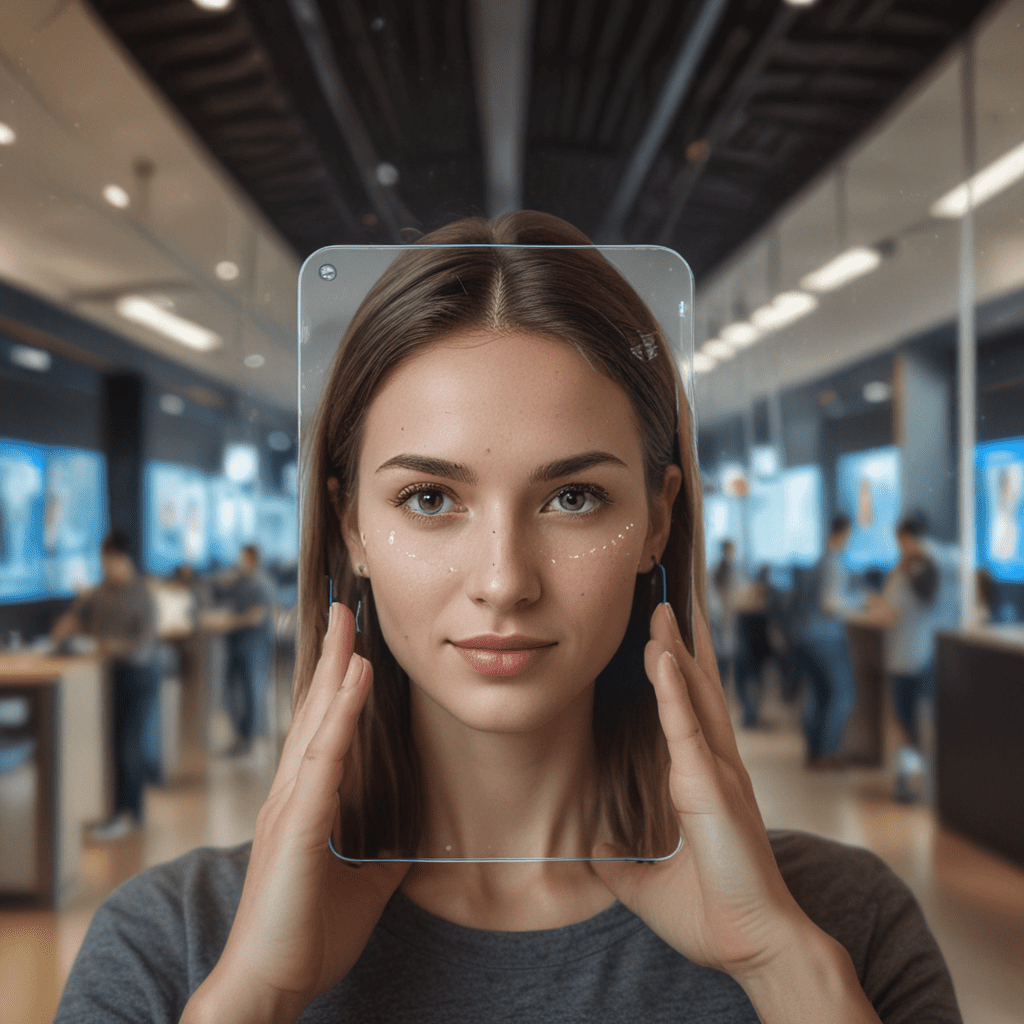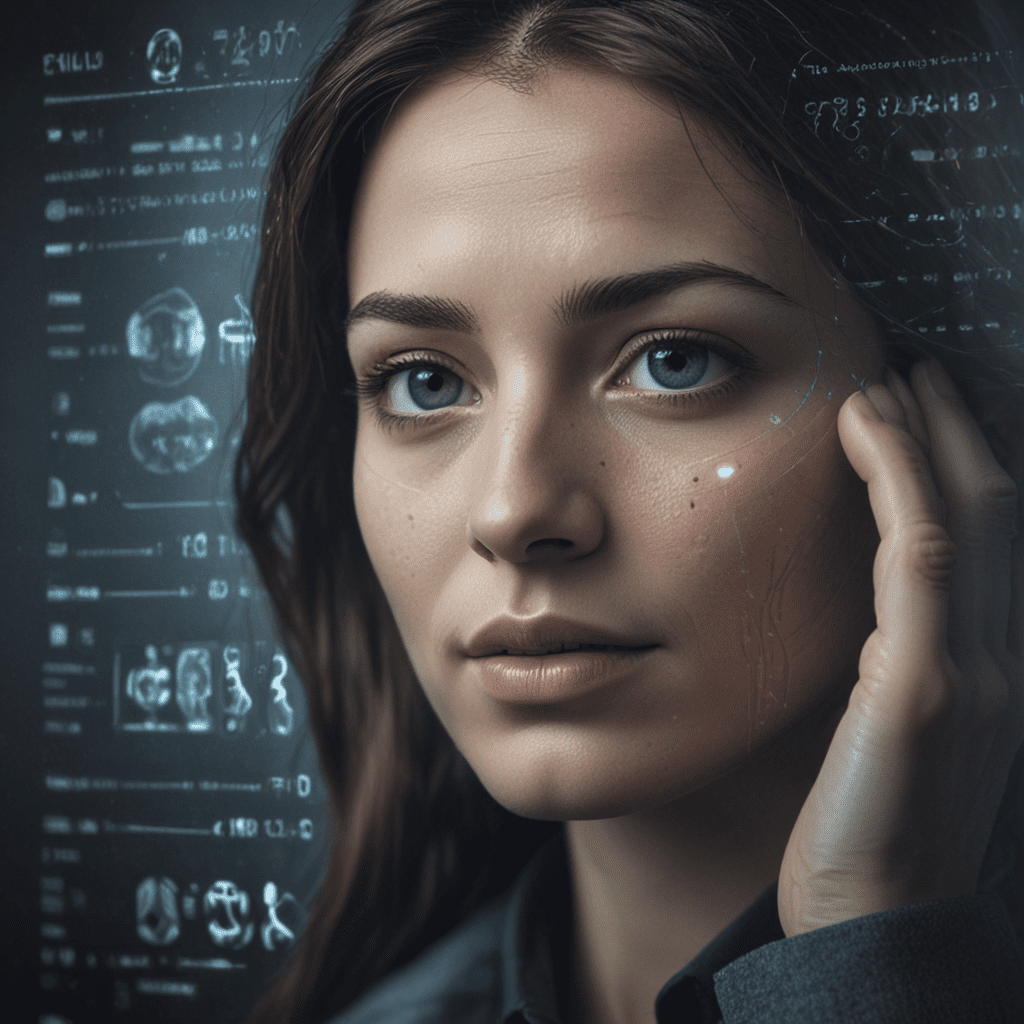1. Introduction
Facial recognition technology has emerged as a revolutionary authentication method, offering a contactless and highly secure way to verify individuals. With the rapid advancements in artificial intelligence (AI) and machine learning, facial recognition has become more accurate and sophisticated, paving the way for its widespread adoption across various industries. This transformative technology is poised to redefine the way we interact with the world, offering unparalleled convenience, security, and efficiency.
2. The Evolution of Facial Recognition Technology
The concept of facial recognition has been around for decades, but its practical implementation has only recently become feasible thanks to the advent of powerful computing and AI algorithms. Early facial recognition systems relied on simple image matching techniques, which were prone to errors and limitations. However, the development of deep learning and convolutional neural networks (CNNs) has revolutionized facial recognition, enabling systems to extract and analyze complex facial features with remarkable accuracy.
3. How Does Facial Recognition Work?
Facial recognition technology works by capturing a digital image of a person's face and analyzing unique facial characteristics, such as the shape of the face, the distance between the eyes, and the pattern of wrinkles. Advanced algorithms then compare these features to a database of known faces to identify or verify the individual. The accuracy of facial recognition systems has significantly improved in recent years, with some systems achieving near-perfect recognition rates under optimal conditions.
4. Advantages of Facial Recognition Authentication
Facial recognition authentication offers numerous advantages over traditional authentication methods such as passwords or PINs. These advantages include:
a. Convenience and Speed
Facial recognition is highly convenient as it eliminates the need for remembering and entering passwords or carrying physical tokens. Users simply need to present their face to the camera for quick and seamless authentication.
b. Improved Security
Facial recognition is considered more secure than traditional authentication methods as it is difficult to replicate or forge a person's face. This makes it a valuable tool for preventing fraud and unauthorized access.
6. Ethical and Privacy Concerns
While facial recognition technology offers significant benefits, it also raises ethical and privacy concerns that must be carefully considered. These concerns include:
a. Data Collection and Storage
Facial recognition systems require the collection and storage of vast amounts of facial data, which raises concerns about privacy and data breaches. It is essential to have robust data protection measures in place to prevent unauthorized access and misuse of this sensitive information.
b. Misidentification and Bias
Facial recognition algorithms are not immune to errors, and false positives can lead to misidentification and wrongful accusations. Additionally, there have been concerns about bias in facial recognition systems, as they may perform less accurately on certain demographic groups, such as people of color or women.
c. Surveillance and Abuse
Facial recognition technology has the potential to be used for mass surveillance, raising concerns about the erosion of privacy and civil liberties. It is crucial to establish clear regulations and guidelines to prevent the misuse of this powerful technology.
7. Regulations and Standards
Recognizing the ethical and privacy concerns associated with facial recognition technology, governments and industry bodies are working to develop regulations and standards to govern its use. These regulations typically focus on data protection, transparency, and accountability. For example, the European Union has implemented the General Data Protection Regulation (GDPR), which places strict restrictions on the collection and processing of personal data, including facial images.
8. Future Advancements and Innovations
Facial recognition technology is rapidly evolving, and future advancements will likely enhance its accuracy, speed, and convenience. Researchers are exploring new techniques such as liveness detection to prevent spoofing attacks and improve the security of facial recognition systems. Additionally, the integration of facial recognition with other biometric technologies, such as iris scanning or voice recognition, is expected to make authentication even more robust.
9. Impact on the Workforce
The adoption of facial recognition technology may have implications for the workforce. While it has the potential to streamline authentication processes and improve security, it could also lead to job displacement in certain sectors, such as security guards or border control officers. However, new opportunities may also arise in the development, deployment, and maintenance of facial recognition systems.
10. Conclusion: The Future of Facial Recognition Authentication
Facial recognition technology has the potential to revolutionize authentication methods, offering unprecedented convenience, security, and efficiency. As the technology continues to evolve and ethical concerns are addressed, facial recognition is poised to become an integral part of our daily lives. By embracing innovation and promoting responsible use, we can harness the benefits of facial recognition technology while safeguarding privacy and civil liberties.
FAQ
Q: Is facial recognition technology foolproof?
A: While facial recognition has made significant advancements, it is not foolproof and can still be deceived by sophisticated spoofing attacks. Liveness detection and other security measures are crucial to prevent fraud.
Q: Does facial recognition technology violate my privacy?
A: The collection and storage of facial data raises valid privacy concerns. Robust data protection regulations and transparent use of facial recognition technology are essential to protect individuals' privacy.
Q: How can I protect myself from facial recognition technology?
A: Be aware of the privacy policies of organizations that use facial recognition technology. Consider using privacy-enhancing technologies or covering your face in public areas if you have concerns about being recognized.



